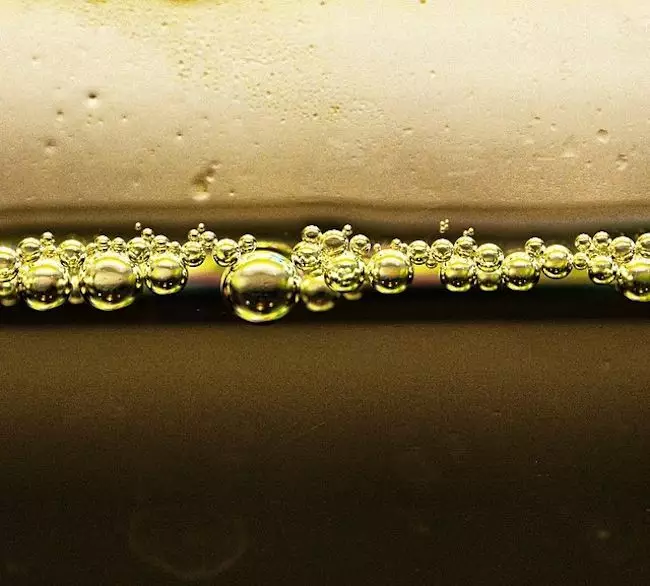An aquarium is often viewed as a miniature ecosystem encapsulating a vibrant underwater world. A key aspect of this aquatic beauty is the clarity of the water. Clear, pristine water not only enhances the aesthetic appeal of your fish tank but also indicates a healthy environment for your aquatic friends. When that beautiful clarity metamorphoses into yellow or brown hues, it signifies a need for immediate attention. Such discoloration can be alarming and may suggest underlying issues that can have serious ramifications for your fish.
Understanding the Causes of Water Discoloration
First and foremost, it’s critical to grasp the root causes of your aquarium’s discoloration. While it can be easy to attribute murky or tinted water to bacterial activity, you need to dig deeper. Cloudiness often stems from suspended particles, while yellow and brown tones usually result from dissolved organic materials. These substances can arise from deteriorating nutrients, fish waste, decaying food, or even remnants of foliage that should have long been removed. Not only do these compounds sully the water, but they can also alter the overall chemistry to levels that are harmful to fish.
It can be helpful to consider that multiple problems could be happening simultaneously, leading to a gradual decline in water quality. Therefore, assessing your tank’s condition systematically will reveal both visible and hidden issues.
Signs of Trouble: Symptoms to Monitor
Identifying the specific problems manifested by yellow or brown water requires attentive observation and testing. Start by checking water parameters such as pH, ammonia, nitrite, and nitrate levels. Elevated ammonia and nitrite can be particularly hazardous, indicating that beneficial bacterial colonies are struggling to keep the aquatic environment stable.
In addition to conducting tests, a visual inspection is essential. Look for leftover food settling at the tank’s bottom, dead plants festering in the substrate, or even a missing fish that could be decomposing within the tank. The presence of foam on the water’s surface can also signal a protein waste problem. If you shake a small sample of water and observe foam, it is a strong indicator that you need to intervene quickly.
The Role of Tannins: Are They a Friend or Foe?
One of the most intriguing causes of yellow or brown water is tannins, which are released into the aquarium from driftwood and certain plants. While a tannin presence often gives the water a yellow tint, this isn’t always a problem. For many freshwater fish, especially species hailing from soft, acidic environments, this tannic acid can promote health and even encourage breeding behaviors. If your fish require a different pH balance, however, the leaching of tannins can become detrimental.
The good news is that if tannins are the cause, the problem may be temporary. Over time, as the driftwood weathers, the staining will diminish. Advocates for stable pH environments for fish may want to replace driftwood with decorations that don’t alter the water chemistry.
Acting on Organics: Cleanliness is Essential
When the culprits behind water discoloration are organic materials like leftover food or decomposing plants, it’s crucial to clean up your aquarium promptly. A tank cluttered with detritus can lead to elevated organic compounds, intensifying foul odors and exacerbating the water discoloration problem. Rather than a thorough cleaning in one go, adopt a staggered approach. This allows biological colonies—essential for maintaining water quality—time to adjust and recover.
Employ a gravel vacuum to remove debris effectively, and don’t forget to check your filter. A clogged filter can hinder water circulation and contribute to persistent organic waste. If it’s not functioning optimally, you may need to clean or replace it as part of your overall maintenance, ensuring that the filtration system is expediting water clarity.
Regular Maintenance: Your Best Defense
Ultimately, a well-maintained aquarium will significantly decrease the likelihood of water discoloration issues. Regular water changes, optimal feeding practices (including portion control to prevent overfeeding), and attentive checks on fish health will keep your aquatic environment flourishing. Commitment to routine testing and cleanup will ensure that your fish thrive and your aquarium remains visually stunning.
Investing time and resources into understanding the nuances of water quality will not only promote the well-being of your fish but also enhance the experience of maintaining an aquatic paradise. When you tackle discoloration issues promptly and systematically, you’ll reap the rewards of a radiant aquarium that serves as a centerpiece of beauty in your home.


Leave a Reply